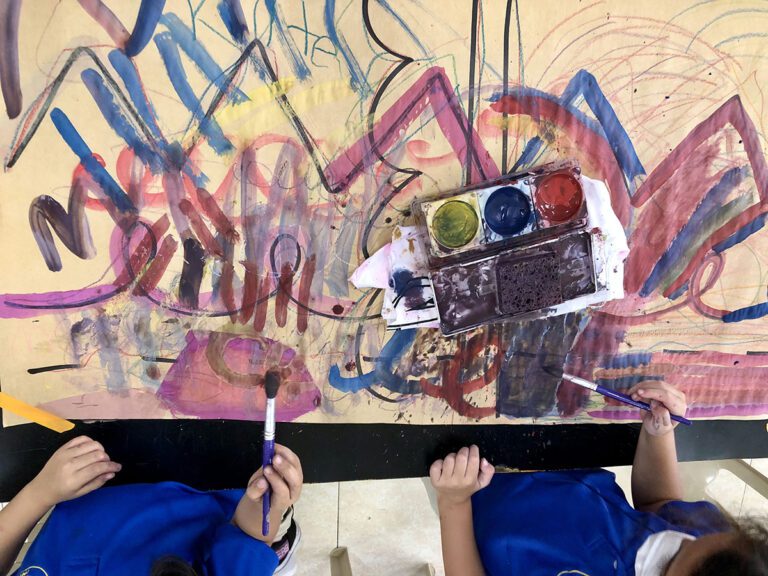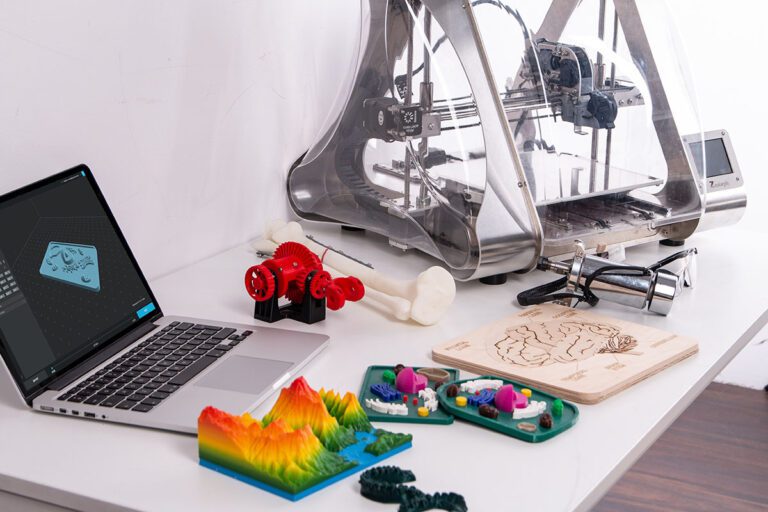We often talk about the art room as a sanctuary for our students. It is common for our students to come to us with emotions and experiences they can’t just check at the door. Grief is one such powerful and complicated emotion. While it can be intimidating, grief is a part of the human experience and impacts teachers and students alike. The art room can be a place to process and express these deep-seated emotions. I know it has been true for me as a student and an art teacher, and it will continue to be true as I process the recent loss of one of my own students.
Let’s investigate what grief really is and how the art room can help with three types of grief.
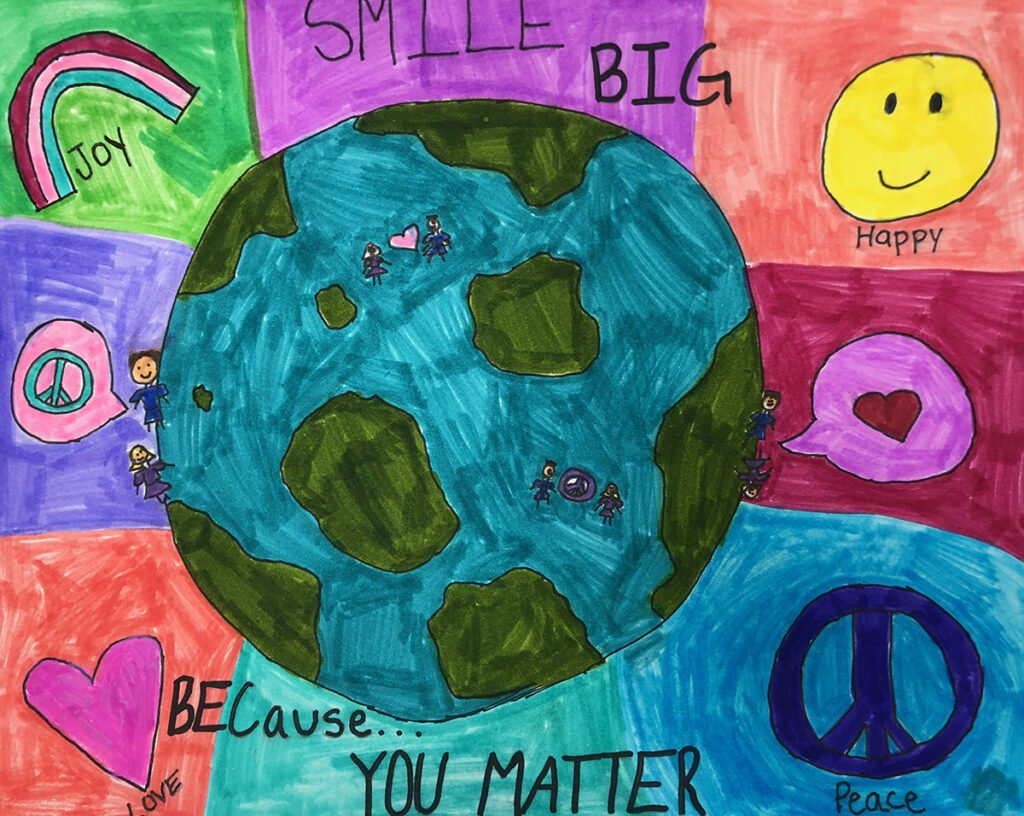
What is grief?
Before we can move forward, we must understand the complexity of grief. Grief is often associated with the loss of someone we love. It is a feeling of overwhelming sadness that seems to take hold of our whole bodies and minds. Julie H. Richards, MS, LPCC, is a developmental and relational trauma therapist. She shares that “grief is the human experience of loss,” and not only a response to death. “We experience grief with moving, changing friendships, job changes, identity issues, and divorce,” she adds. When we don’t feel seen or understood, we can also experience profound grief.
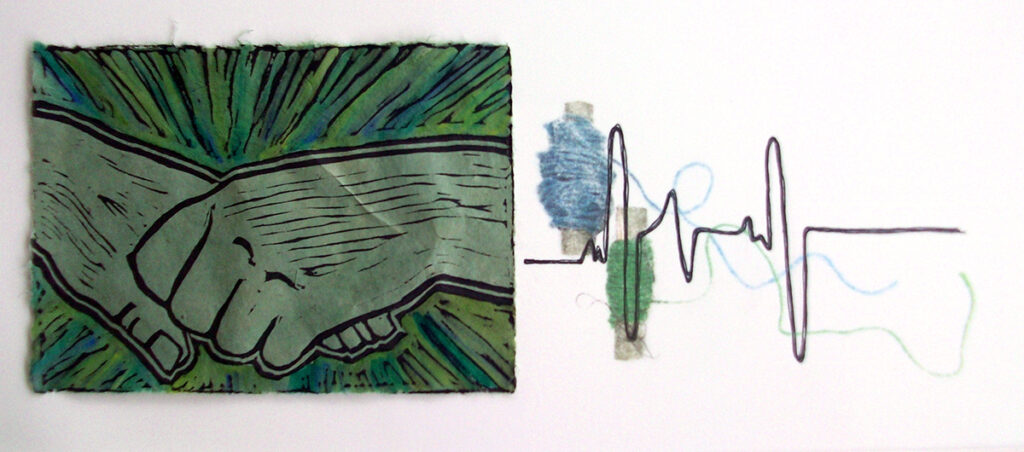
There is not a magic timer that dings to let someone know when their time of grief is over. Grief is a process, and everyone progresses at a different pace. Julie Richards suggests, “being aware and present in the moment will bring eventual healing and growth.”
When contemplating how to address grief with students, it is always critical to start by communicating with a trained professional, such as a school counselor. So, after consulting the experts, where can the art room come into play? Self-expression in the art room can help individuals who are experiencing grief in countless ways. Let’s address three common forms of grief: teacher grief, collective grief, and individual grief.
1. Teacher Grief
Bonnie Meeks, a middle school art teacher in Ohio, experienced the unexpected passing of one of her students. “On the first day back at school, I dreaded seeing that empty chair in my classroom,” she said. “I wanted to feel numb, but my emotions were right on the surface.” As teachers, our students look to us for guidance, support, and a model of how to navigate complicated feelings like grief. It can be a lot to shoulder. And in case you need a reminder, it is okay and necessary for teachers to work through and healthily process their own grief over the loss of a student.
Julie Richards shares that we can’t support students if we haven’t taken care of ourselves first. As she puts it, “We can’t take a child further than we have gone ourselves.” Have a support system in place for when you need it most. Ask someone to watch your class so you can take that minute to step outside and breathe in fresh air or cry in the kiln room. Do not apologize for being “silly” or “overly emotional.” Experiencing emotions is a significant part of life, but having a plan and a support team to help you is necessary. Check out the article, 7 Ideas to Incorporate Into Your Plan for Self-Regulation This Summer, for more tools to help with regulation and maintaining control.
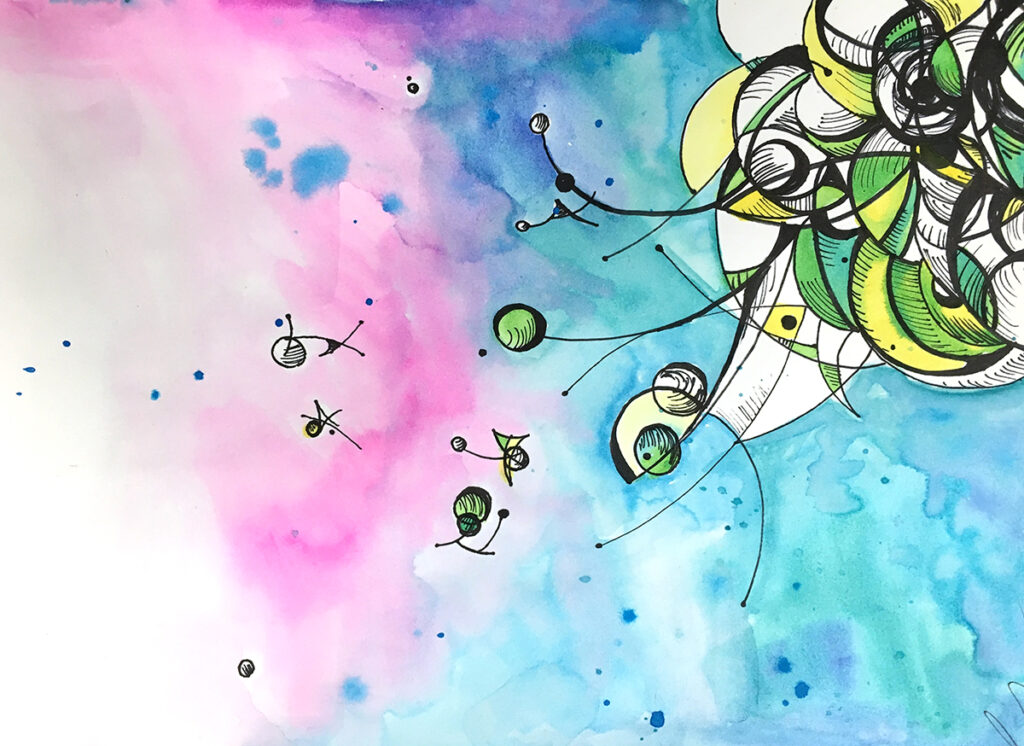
Trauma and loss can happen outside our classrooms, as well. Teachers have lives and meaningful relationships outside of school, which may also lead to feelings of grief. Talk to someone so you can be there for your students. Take time to sit and journal. Embrace whole-hearted reflective drawing without paying attention to technique. This does not need to result in a series of grief-inspired works to be hung in a gallery, but it can be a chance to respond to the process of learning, growing, and grieving. We can use our art for personal growth as we explore the depths of our experiences.
Who do you work with who can step in, support, and guide you through life’s uncertainties? And who do you support in this way, other than your students?
When was the last time you sat and responded to your current life experience in the form of journaling and sketching?
2. Collective Grief
Collective grief is a challenging situation because it occurs when a whole community experiences the same loss. All eyes may be on you, waiting for you to have the answers, yet you may also be struggling. Julie Richards encourages teachers to be vulnerable enough to say, “I don’t have all the answers. This is tough, but we’ll figure it out together. You don’t have to walk this alone. I see you, and I care about you. Each of you.”
When a school undergoes trauma collectively, a period of grief follows. However, everyone experiences this grief in different ways and at different times. Some students and staff may not feel directly impacted or may need to resume normalcy. Others may have such intense personal connections to the loss that they find it hard to think of anything else. And of course, both of these groups of students are inevitably all in one class together. When faced with collective trauma and grief in the classroom, it is critical for you to understand the context of the student population as well as their age and developmental level. These considerations will impact how they understand, process, and need support during periods of collective grief.
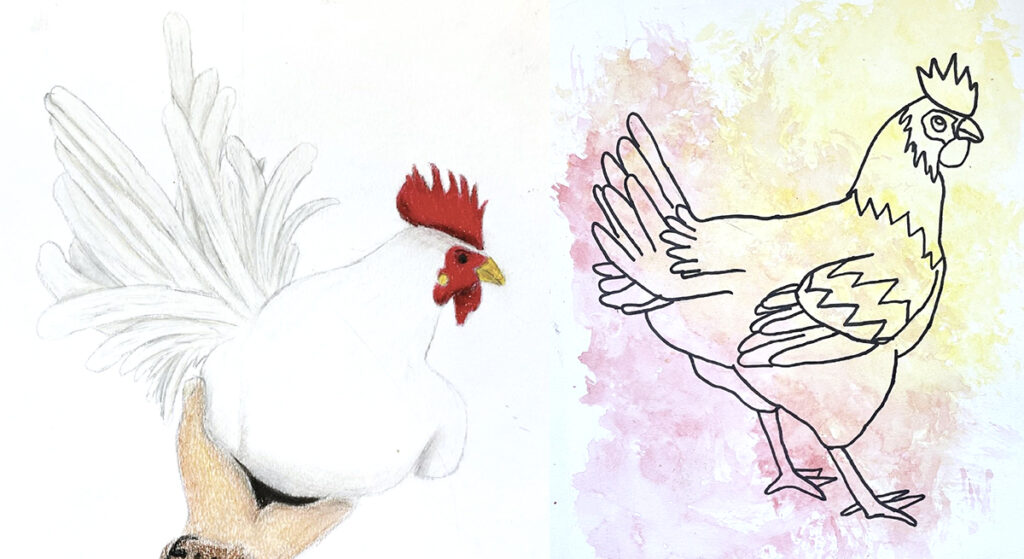
When Bonnie Meeks and her students lost their friend, she presented them with options. Students could carry on in art class as usual, or they could create chickens in the student’s honor. Their friend often included chickens in their work, as their family raised chickens. Some students took advantage of the opportunity to remember their friend, while others needed to carry on with their work as usual. To Bonnie, it didn’t feel right to move on as if nothing happened. It also didn’t feel right to force the whole class into artmaking that may make them feel uncomfortable. Providing students with a choice allowed them to take ownership of their collective experience. The resulting chickens were collected for a special display to remember their friend.
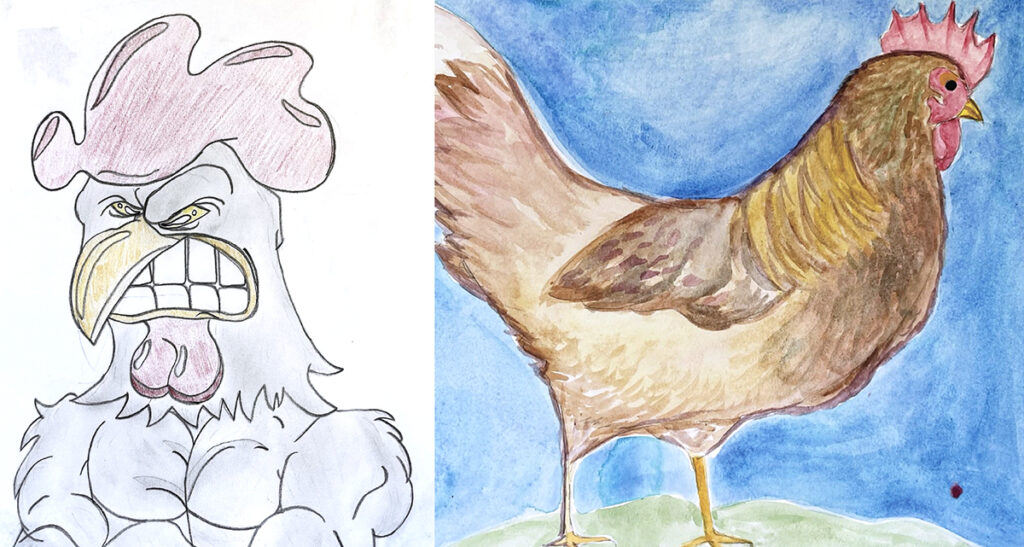
Like Bonnie’s chickens, artmaking provides an opportunity to explore the unconscious. It also allows everyone to build connections when the community may feel starved for a means of expression. Julie Richards shares that the artistic process, including group discussion of the art, “helps us know ourselves and know others more deeply.”
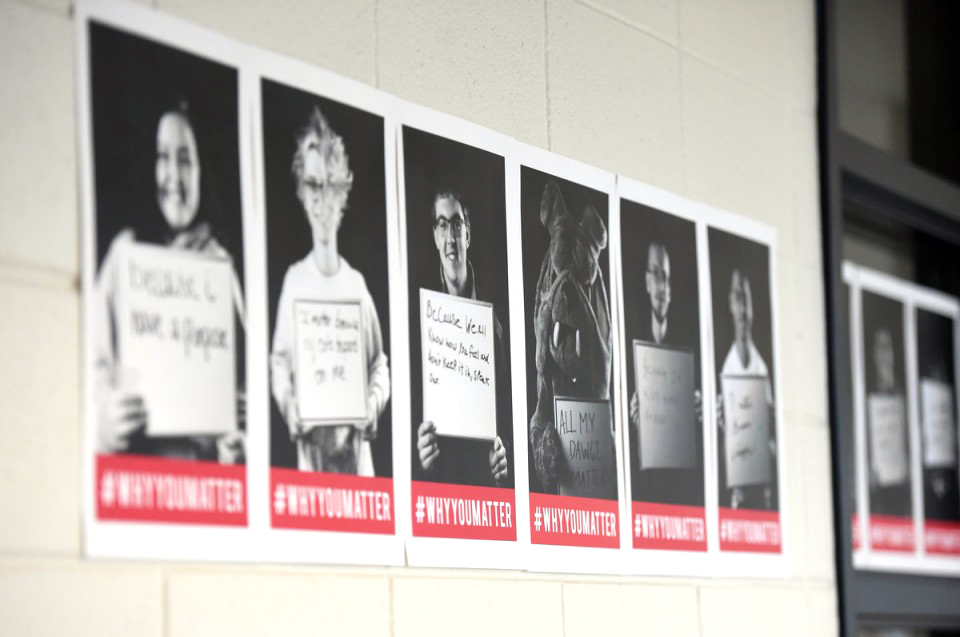
Laura Naar and Geo Rutherford were high school art teachers in Michigan when their school community unexpectedly lost three students. Geo remembers how everyone tried to move on with life as if everything was normal, but it wasn’t normal. Things had changed. Out of their experiences with collective grief, the pair of teachers led the charge in their school community and developed the Why You Matter project.
The Why You Matter project aims to provide students with tools to be self-aware. It also strives to create positive connections in the community while answering the question, “Do you know why you matter? Because you do.” The founders hope this reflection will also inspire healthy conversations about community belonging and mental health moving forward. To learn more, listen to Laura and Geo discuss the impact of their project on Episode 2 of the podcast The Art of SEL. You can also read about their process in the article Why You Matter: An Interview About a School-Wide Campaign Exploring Self-Worth.
How has collective grief impacted your own life? Looking back, who led your community through this time of grief?
How can artmaking support your school community through collective grief or trauma?
3. Individual Grief
All too often, our students are experiencing grief in their personal lives, and we may not have any idea. This can be the most difficult type of grief to confront and process in the classroom. Julie Richards reflects that students in these situations are often looking for connection. Strengthening that bond while respecting students’ privacy can be another challenge, but rest assured you can provide the connection they crave without knowing all of the details of their life outside of school. Start with a genuine, heartfelt greeting or farewell for all of your students. The more authentic you can be, the better it lets them know that you don’t stop caring about them the moment they walk out of your door.
In some cases, we hear in advance about the challenges a student faces and the grief they are processing. Yet, more often than not, we begin to uncover truths little by little during our students’ time in the art room. It can be hard to notice all students all the time, “But we must be present enough to notice someone who is struggling or hurting,” Julie Richards stresses. “Then, respect them enough not to push them to do something they aren’t able to at that moment,” she suggests. That still life painting can wait until tomorrow. Sometimes, a student may need a different way to process their feelings first.
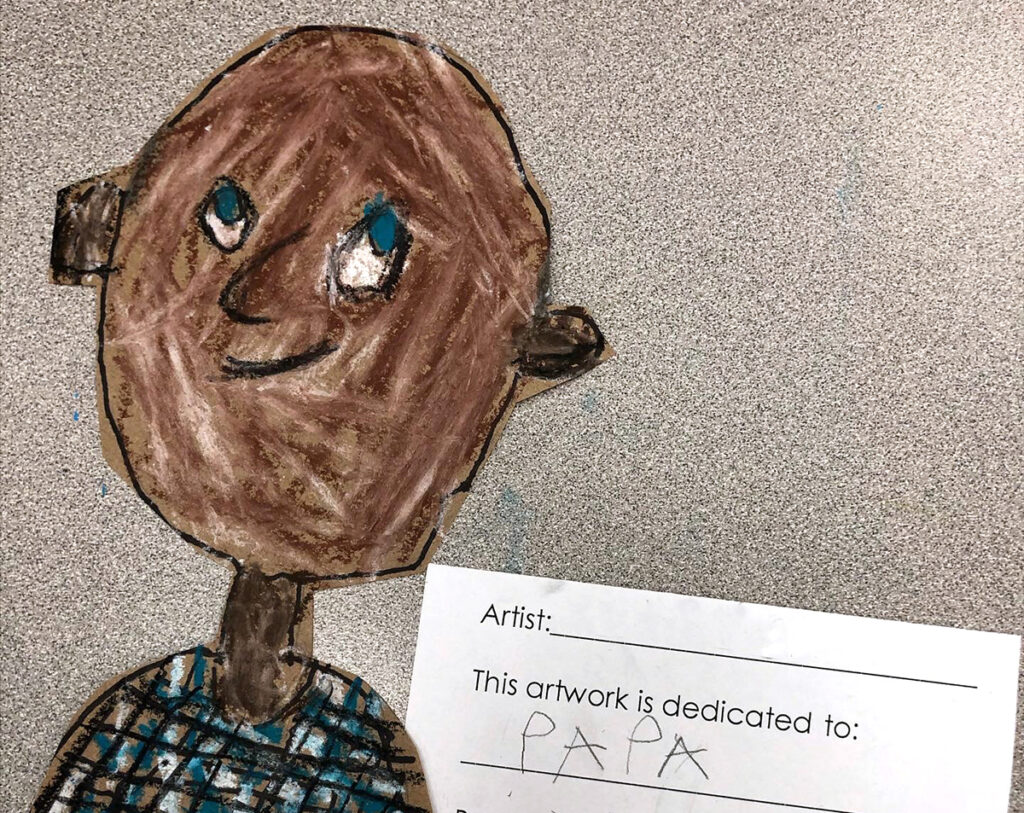
When we provide choice in the art room, some students may take that moment to respond to all of the hurt they may be experiencing. Meanwhile, the student next to them may be satisfied with working on something beautiful but less emotional. I will never forget when one of my students made a portrait of her grandmother, whom she had lost many months prior, but to her, that moment in my class felt like the right time to respond through her art. The final portrait was adorable, but what was most powerful was how it brought tears and conversation to her family once she took it home.
The art teacher’s life is beautifully fun. It is also filled with cleaning up messes, schedule changes, and remembering 700 names. Amid the cluttered stressors, Julie Richards shares that “we must remember to show authentic humanity to students and be willing to embrace theirs.” There are moments when we may forget the human side of our students, but it is okay because we are humans too! We are humans who don’t always get it right but have the awareness to strive to be better next time.
How do you welcome students into your space? How do you close out your art classes? Are there ways to make this experience more meaningful and inclusive for students?
Who is that one student you are thinking of right now? Check in with them tomorrow.
Grief is a natural part of being human. It is a heavy experience that can also be a beautiful reminder to focus on relationships and connection. I still wear the bracelet my student picked out for us to wear in her honor as she struggled with her health. I don’t know when I will take it off, and I don’t have to know that right now. It serves as a reminder to make each day my students are with me as meaningful and filled with joy as possible. When grief lurks outside your art room door, invite it in. Name this feeling, process the experience through artmaking, and build a support system that encourages growth and healing.
Magazine articles and podcasts are opinions of professional education contributors and do not necessarily represent the position of the Art of Education University (AOEU) or its academic offerings. Contributors use terms in the way they are most often talked about in the scope of their educational experiences.



